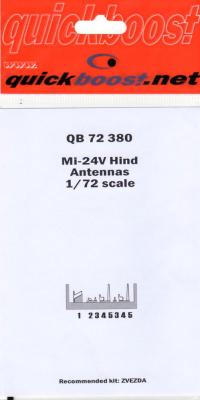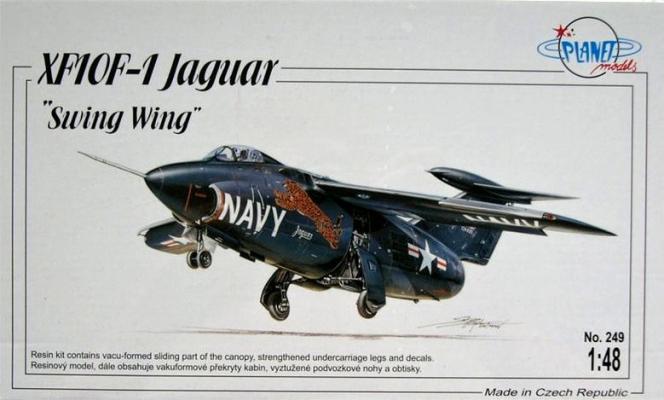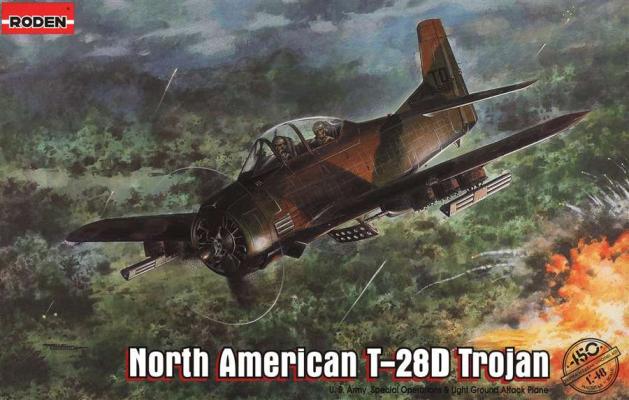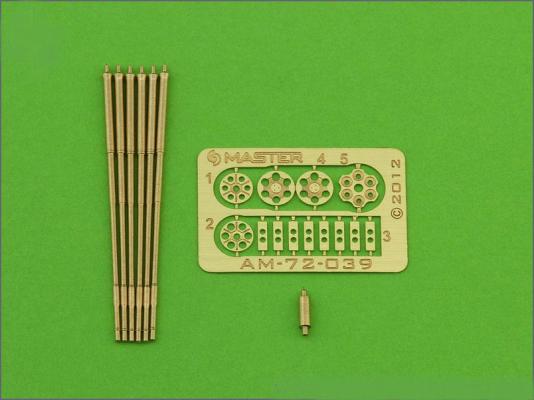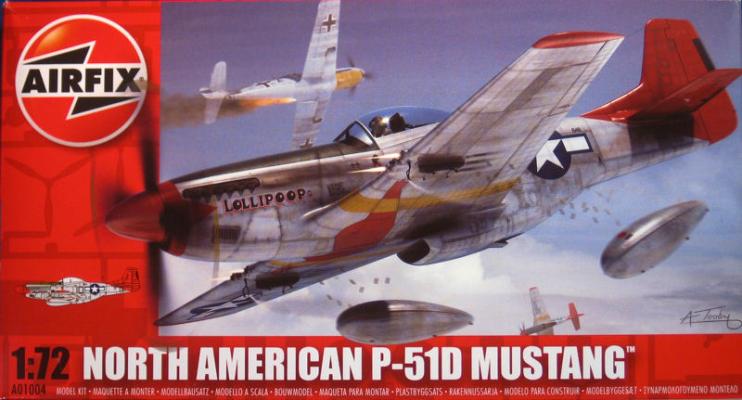The Mi-24V Hind E is the prime Russian attack helicopter. This variant entered production in 1976 and has become known worldwide for its effectiveness. Variants remain in operation in many countries around the world and, I believe, some variants are still in production. The Russian scale plastic model company, Zvezda, offers an excellent kit of the Mi-24V, as well as the earlier Mi-24A and the later Mi-35. One notable feature of the aircraft and the kits is a variety of exterior antennas. This offering from Quickboost provides a number of these antennas, finely molded in resin and much more petite than is possible with injection molded plastic.
Welcome to the IPMS/USA Reviews site!
Introduction: The primary organization of the IPMS/USA Review website is by IPMS/USA National Contest Class. Within each Class there are sub-menus by kits, decals, books, etc. The Miscellaneous Class is for items that are not class specific or that cross two or more classes.
IPMS/USA Members: We encourage you to submit reviews, both here and to the Journal. To volunteer for membership in the IPMS/USA "Reviewers Corps" and submit your own reviews, please read the Guidelines For Submitting Product Reviews.
Manufacturers, publishers, and other industry members: IPMS/USA is pleased to offer your company the opportunity for product reviews. All product reviews are performed by IPMS/USA members, and are posted in the publicly-accessible section of our website. With very few exceptions, we perform full build reviews of new kit releases, aftermarket products, and supplies. If you would care to provide product samples for review, please contact John Noack, IPMS/USA 1st VP.
To learn more about IPMS/USA, please see our About Us page.
Everyone knows the F-14D Tomcat and its swing wing design – Top Gun locked that down to the general public. Before the F-14 was built, Grumman produced the XF10F Jaguar, which was the world’s first swing wing fighter. Never heard of it? Me, either, until Planet Models produced a resin kit of it. One reason it never became famous is that only one was ever produced (although a second was started) and, like many early jets, it suffered from being…well, underpowered. Add that to the weird cantilever tail and the other problems, and the plane ended up being a test bed for swing wings, and I can say that lots of good information was learned and ended up in the F-111 and F-14. If you want to see one today, you can’t. Both of them were destroyed, so we have a model left to bring us that part of history.
Roden continues its 1/48th scale family of T-28 Trojans with a “D” model. The kit comes with three sets of markings for an Air Force Training Squadron from Eglin, a CIA plane based in the Congo (both of which are light gray in color), and a Special Operation marking in SEA camouflage based in Thailand in 1960. The kit parts are found on light gray sprues with good panel lines, and there are a clear sprue, decals, and an instruction sheet.
The word Vulcan conjures different images for different people. If you are into Roman mythology, you think of the God of Fire. If you like the show Star Trek, Vulcan is that red planet Spock calls home. But if you are in the US military or build models of those vehicles, Vulcan is the 20mm Gatling gun that is so deadly on the battlefield.
First used in 1959, the M61 has adorned most of the US aircraft from the F-104 to today’s F-22. Its 6,000 rounds per minute can chew up enemy targets, and it has also been used by the Navy in the Phalanx CIWS system and the Army as the M163 Anti Aircraft weapon.
Aircraft History
Airfix has presented us with a newly-tooled 1/72 P-51D Mustang. Nearly everyone will be familiar with the venerable P-51 Mustang, the long-range WWII fighter that finally allowed US bombers to be escorted deep into the heart of Germany. Over 8000 of the “D” model variant were produced. Armed with 2 additional .50 caliber machine guns (for 6 total) and a bubbletop canopy for enhanced visibility, it represents the ultimate wartime expression of the Mustang.
Kit Contents
Inside the box you’ll find 53 parts across three sprues, two in Airfix’s familiar blue-gray and one in clear, along with decals and instructions. The instructions are generally very clearly illustrated. However, the painting callouts are made using Humbrol-specific numbers only, and there is no key provided for matching color names to the numbers. I found this need of looking up a cross-reference for the paint colors to be perhaps the most frustrating part of the build.











